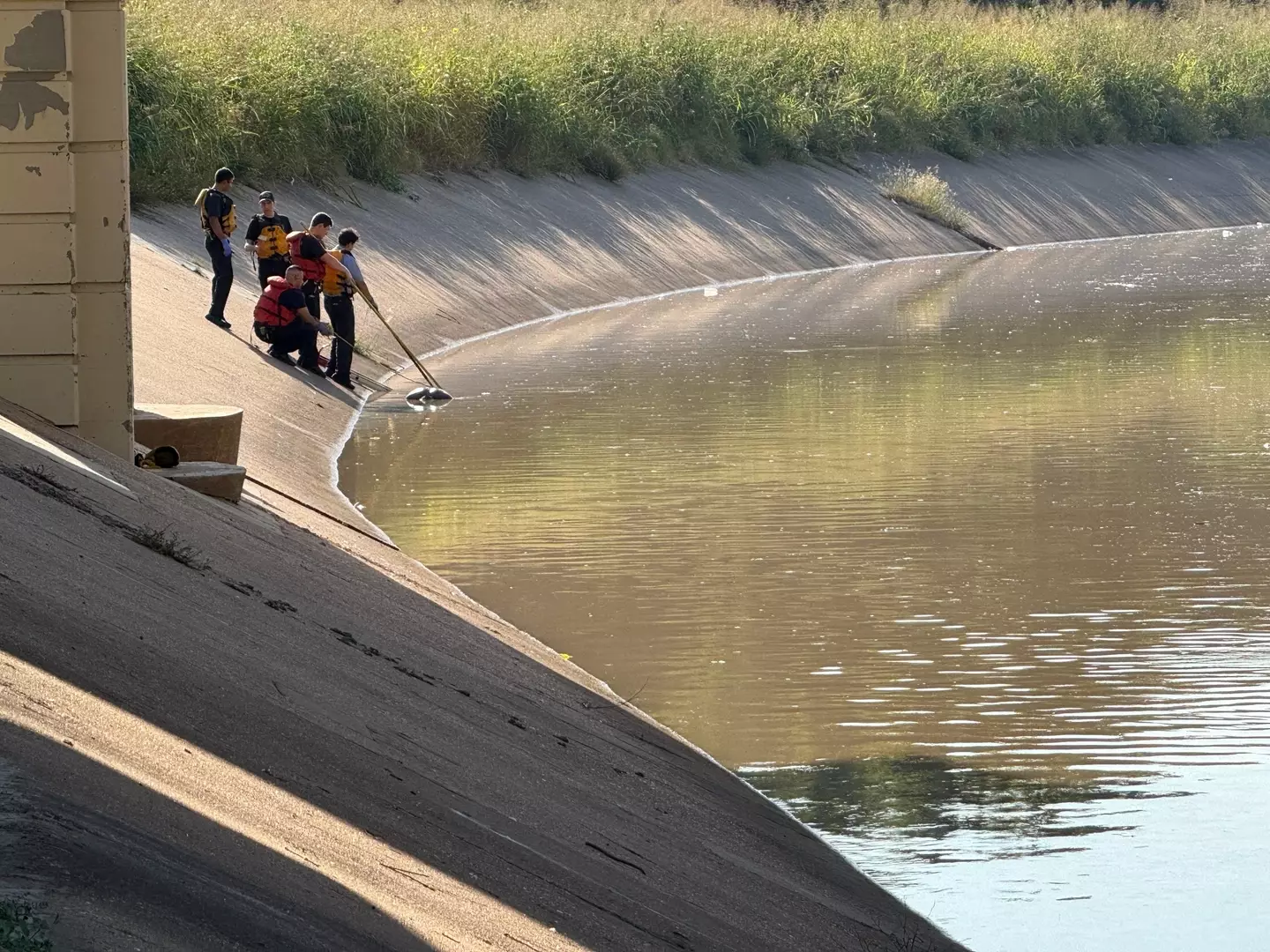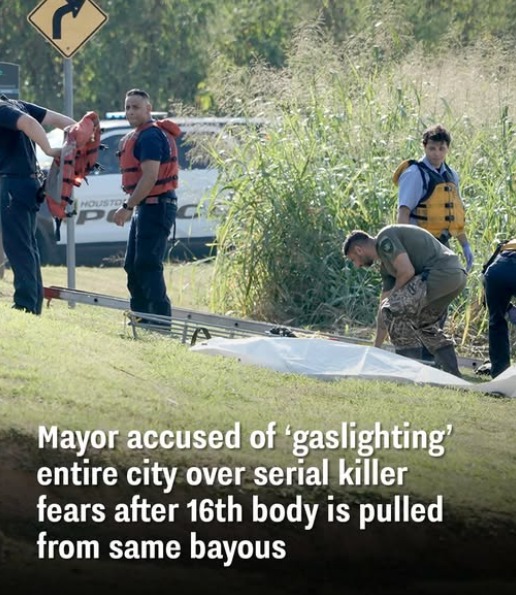Behind the statistics and official statements, human tragedies are unfolding in Houston, where the recovery of sixteen bodies from local bayous has left a community in mourning and on edge. While city officials point to longstanding social problems as the root cause, the families of the victims see a pattern that hints at a darker possibility, creating an unsettling mystery that remains stubbornly unresolved.
Mayor John Whitmire has been direct in his assessment, aiming to dispel what he sees as alarmist speculation. He has emphasized that there is no evidence of a serial killer, instead linking the deaths to the dangers faced by the homeless population and the role of intoxication. His statements are meant to provide a rational framework for understanding the losses, but for many, this explanation fails to account for the unsettling details surrounding specific cases.

The family of Kenneth Cutting Jr. embodies this disconnect. His disappearance and subsequent discovery in the water were only the beginning of their ordeal. The autopsy findings—no drugs, no visible injuries—have made it impossible for them to accept the idea of a simple accident. For them, the clean toxicology report rules out the very factors the mayor cites as primary causes, turning their grief into a desperate search for a more plausible explanation.
This search for answers is fueled by a profound sense of injustice. Relatives like Lauren Freeman feel that the city is being misled, that the official narrative is a form of “gaslighting” that minimizes a potential public safety threat. The fear is that whether the cause is a single individual or multiple actors using the bayou to conceal crimes, the result is the same: lives are being lost, and the response is perceived as inadequate.

The heartbreak extends to other families, each with their own story that contradicts the official line. Alexis Curry cannot imagine how her brother, Anthony, a man she looked up to, would ever find himself in the situation that led to his death. These personal testimonies paint a picture of individuals who do not fit the profile of someone who would accidentally drown, deepening the community’s suspicion. As the debate continues, the families of the victims are left in a painful limbo, seeking not only to mourn their loved ones but to secure a truth that so far remains submerged.


